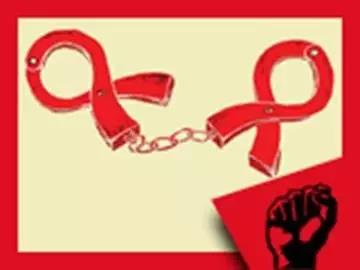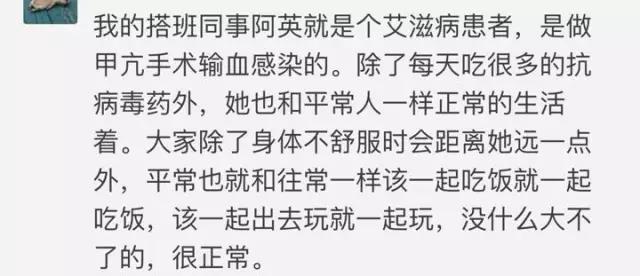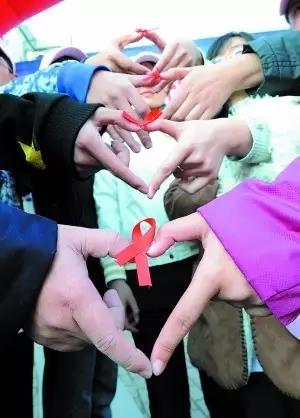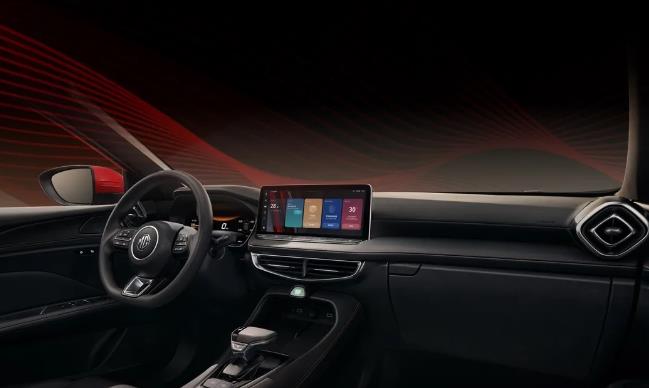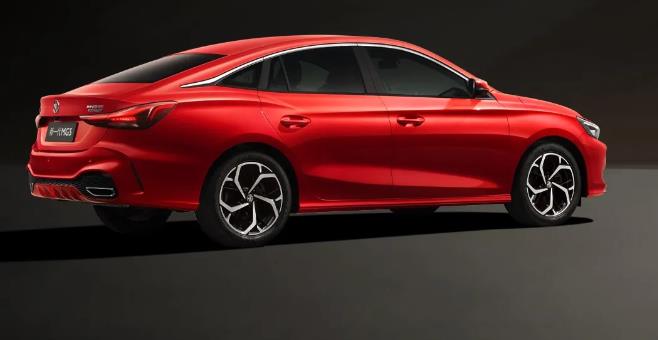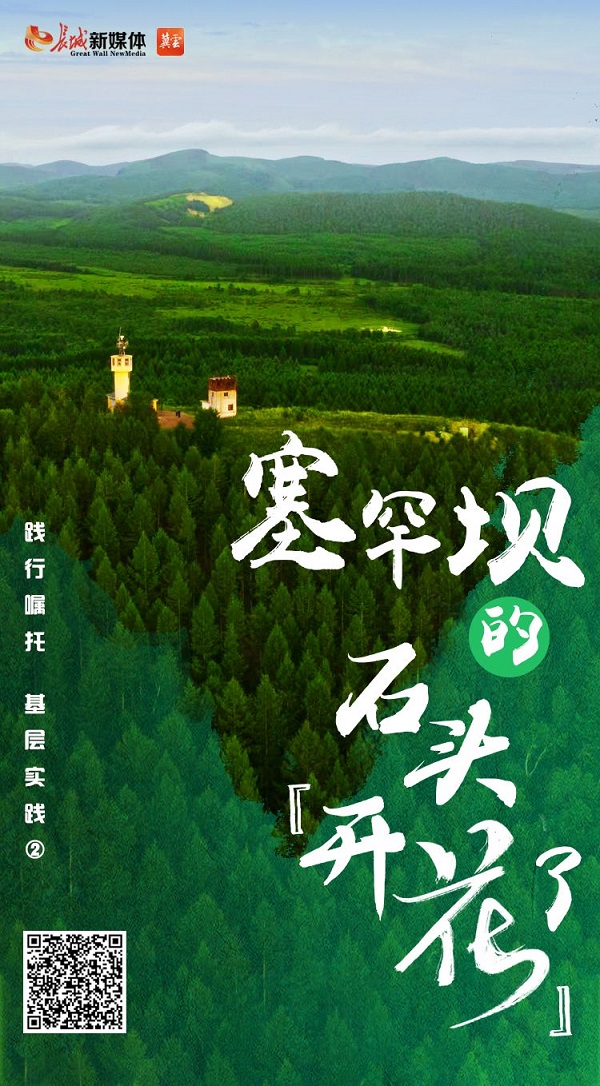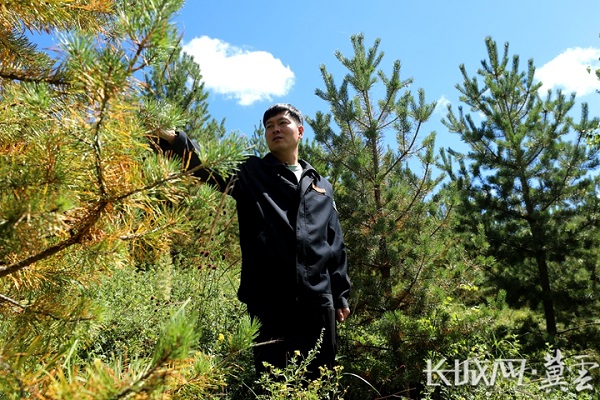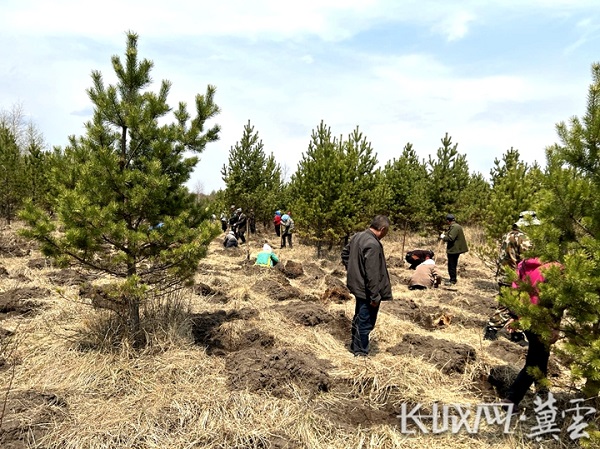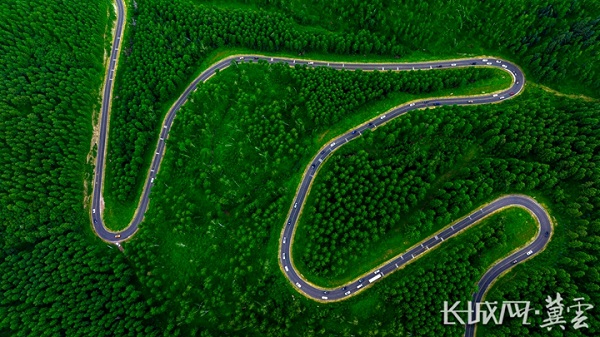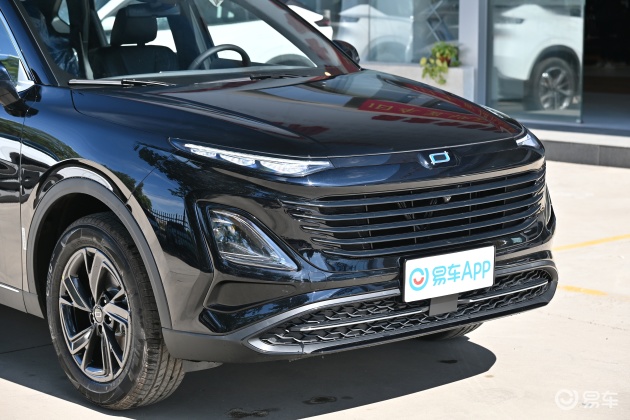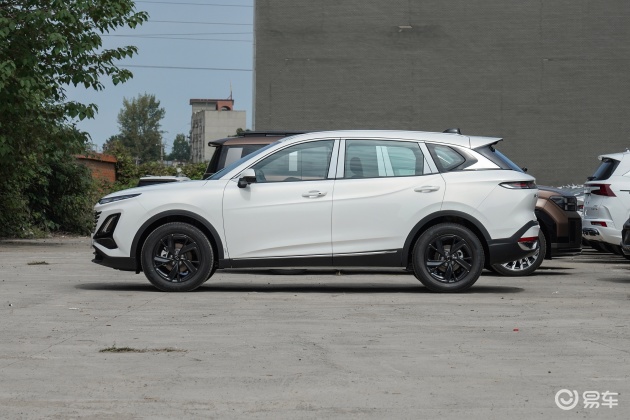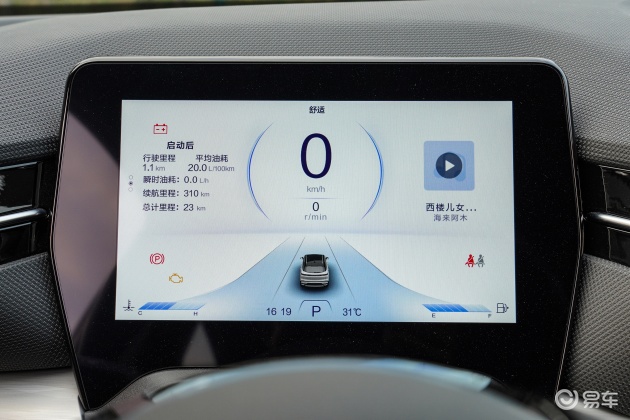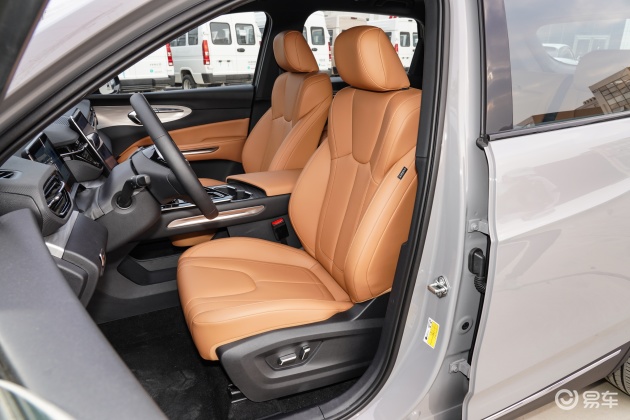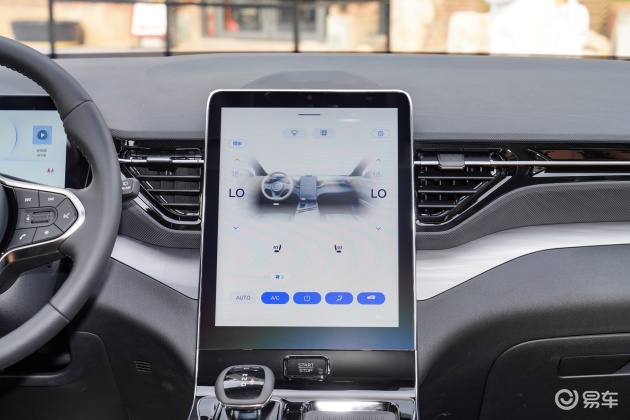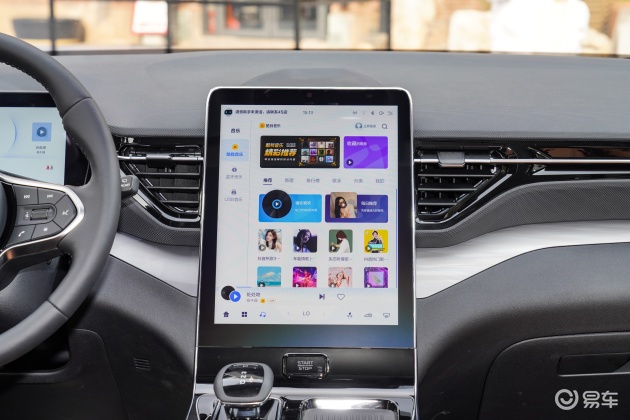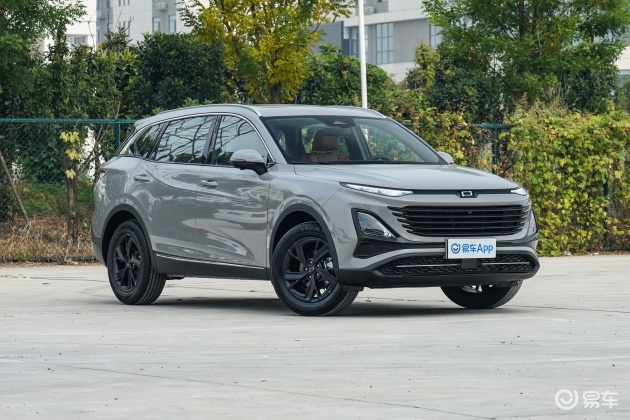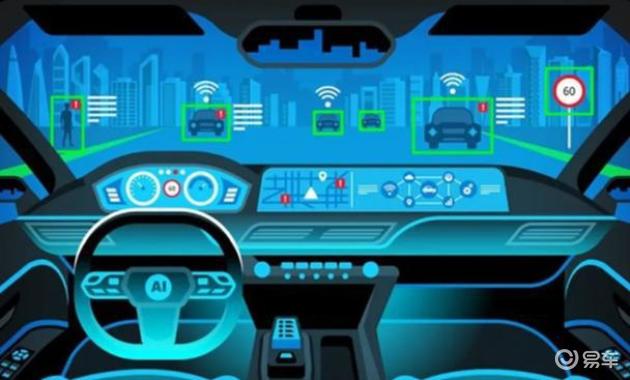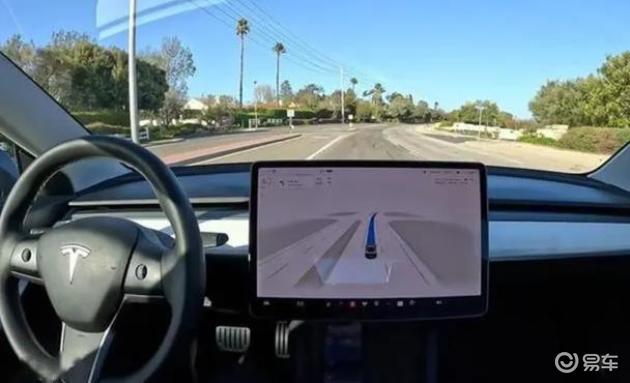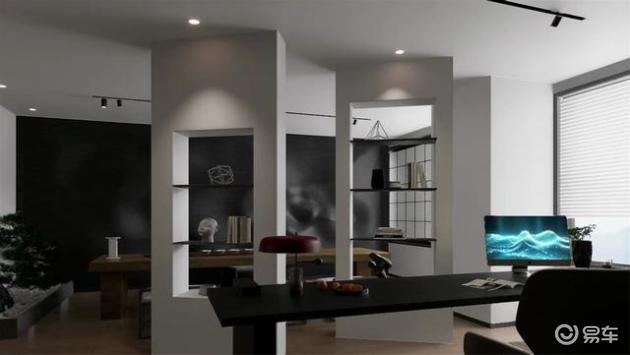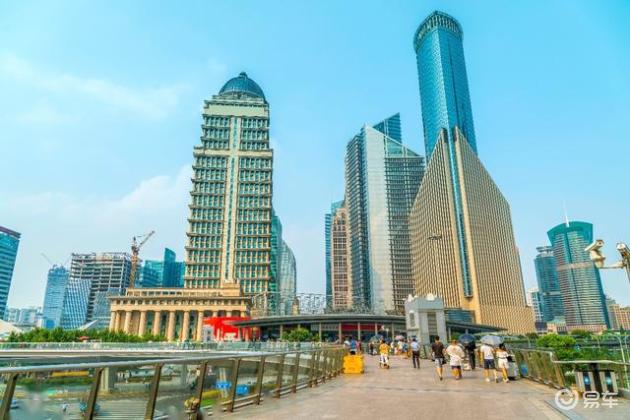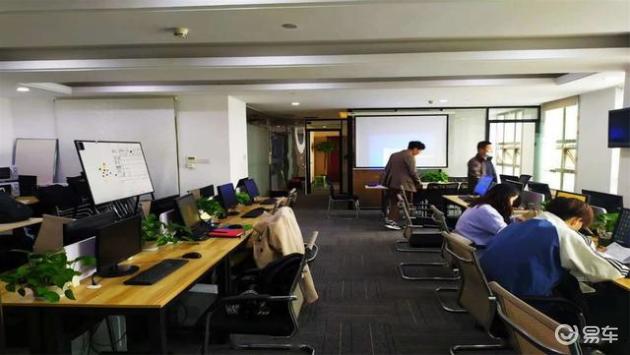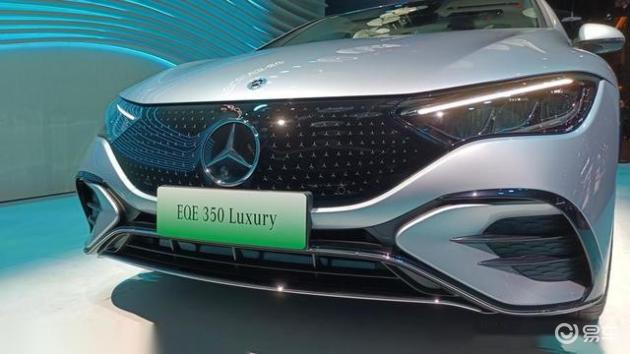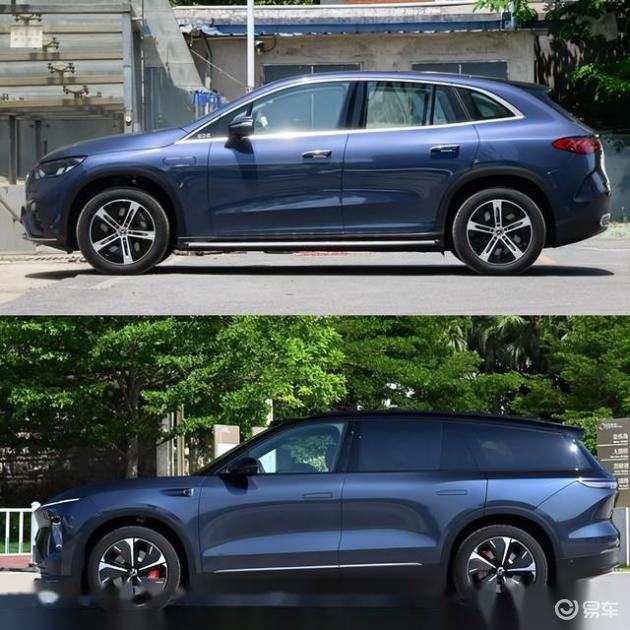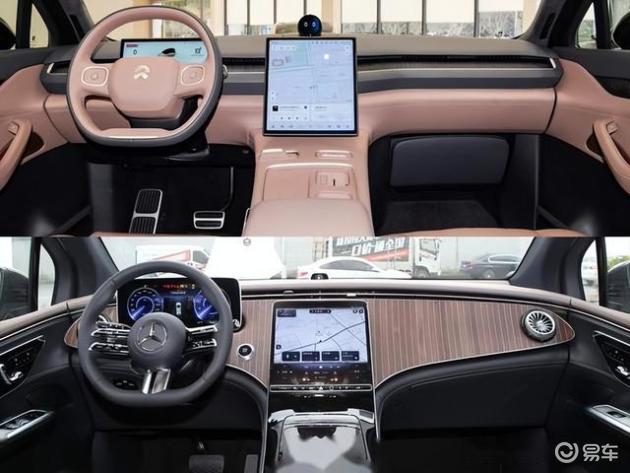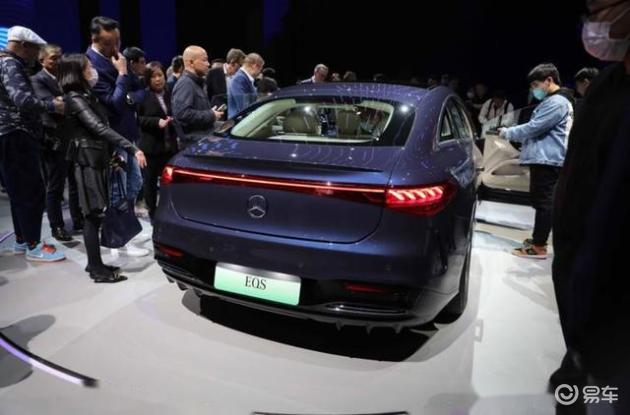Agricultural digitalization, we are in action.
In 2020, the Ministry of Agriculture and Rural Affairs and the Central Network Information Office officially released the Digital Agriculture and Rural Development Plan (2019-2025). Digital agriculture in a broad sense includes four dimensions: agricultural Internet of Things, agricultural big data, precision agriculture and smart agriculture. It includes a complete system of data collection, classification, application and mining, serving the whole process of agriculture.
As the capital, Beijing has gathered the best talents and advanced technology and equipment in the country, and has a number of national scientific research institutes and laboratories, which have made solid research and promotion in 3S technology, precision farming technology, agricultural information management, agricultural biological environment control and automation.
Many modern agricultural industrial parks have already begun to lay out digital agriculture, taking information as an agricultural production factor, and using technologies such as big data, Internet of Things, artificial intelligence, blockchain, and 5G to visually express, digitally design, and informatize agricultural objects, environments, and the whole process. Today, we walked into the modern agricultural park around us to explore the current situation of its digital agriculture development and get a glimpse of its future.
A multi-span greenhouse and 13 digital technologies
In the 5G era, what are strawberries growing in the clouds? How does it taste? How is the output? What is the cost? With such doubts and curiosity, the reporter went to the "strawberry in the air" multi-span greenhouse in Zhongguancun Science Farm of Haidian Agricultural and Rural Bureau.
Pushing through the door, a large display screen at the door can clearly see the top window, sunshade net, top quilt, two-layer film, thermal insulation quilt, crosswind, fill light, tidal irrigation … which show the latest situation of strawberry planting in the shed in real time.
Through the glass door, I saw an intelligent robot spraying water and fertilizer automatically. Rows of bright strawberries hung in the air, and the ground was spacious and clean …
If you want to enter the greenhouse, you must have a strict disinfection process, put on your shoes, and walk into the closed air shower spraying room before you can enter.
Just entering the shed, the faint fragrance in the air came to my face, and the fruit was bright red and attractive on the rows of strawberry verandahs. I can’t help but pick one to taste, sweet and soft, and my mouth is full of fragrance. "This is Xiangye, which is what everyone calls Sui Zhu." Zheng He of Haidian District Agricultural Technology Comprehensive Service Center introduced. "5G cloud strawberry is independently developed by Beijing Haidian Agricultural Science Research Institute, which integrates and optimizes 13 technologies, including 5G communication platform, artificial intelligent robot, organic standard green prevention and control, greenhouse intelligent control system, multi-layer covering insulation, intelligent water and fertilizer integration technology, substrate heating system, low-temperature cold storage seedling application, spray cooling system, plant LED light supplement, tidal irrigation technology, nutrient solution recovery system and axial fan temperature equalization system."
"With the blessing of a number of technologies, the strawberry market in the shed is advanced by more than 20 days, and the fruit-setting period is extended. The yield per mu can reach more than 6,000 kilograms, an increase of 20%-50%, and the income per mu is more than 60,000 yuan, which is significant in improving quality and increasing efficiency." Zheng He added.
How to advance the listing period by more than 20 days? First, it relies on low-temperature cold storage seedling raising technology, which uses the cold climate in alpine areas to cultivate high-quality strawberry seedlings and break the sleep period of strawberries in advance, so as to advance the fruit-bearing period. Second, it depends on the application of substrate heating system, which can realize accurate temperature control of all-weather substrate. Third, plant LED fill light technology can effectively inhibit strawberry dormancy, promote photosynthesis, shorten the growth cycle, and advance the time to market.
The extension of fruit-setting period depends on equipment such as spray cooling system and sunshade net, which provide the best temperature environment for strawberry in the later growth stage. The improvement of fruit setting rate and quality comes from the application of greenhouse intelligent control system, intelligent water and fertilizer integration technology and axial fan temperature equalization system, which provide strawberry plants with accurate growth environment, nutrients, water and fertilizer, CO2 concentration and so on.
It is reported that this is a brand-new concept of strawberry cultivation, soilless cultivation and aerial cultivation. It is not only a brand-new agricultural production mode, but also broadens the application scope of agricultural production, which is a beneficial attempt and exploration of agricultural versatility. "We will continue to deepen digital agriculture, deeply integrate agriculture with science and technology, open up new ideas for agricultural development, and continue to show the style of’ Zhongguancun in agriculture’." Zhang Chunming, secretary of the Agriculture Working Committee of Haidian District Committee and director of the Agriculture and Rural Affairs Bureau, said.
When fully localized intelligent equipment is applied in multi-span greenhouses
As soon as I walked into Beijing Chaolai Agronomy Garden, the strong smell of tomato seedlings overflowed the whole greenhouse.
"Are all tomatoes planted in this shed?"
"hello! Welcome to the multi-span greenhouse in Chaolai Agronomy Garden. At present, tomatoes are planted in this area, and there will be melons and cucumbers in the next year … "Before Wang Jiangao, who accompanied him, spoke, the intelligent voice reception robot in front of him began to explain. At present, it is a working robot spraying pesticides on the working track, which will make you feel as if you are in a scientific research laboratory, not a greenhouse. On the side of the central controller, the present situation in the shed, the situation in the production area, when to fill the light, when to increase the temperature, open the internal insulation, ventilation and so on are clearly displayed.
"This is the equipment terminal for workers’ daily inspection, which clearly records the running log, production situation and farming situation." The technician introduced. "Environmental control carries out intelligent control of light, temperature, moisture, humidity and fertilizer in greenhouse, which on the one hand reduces the incidence of pests and diseases and improves the quality and quality of protected vegetables. On the other hand, it can also reduce labor costs, realize 7×24 hours of intelligent control, and ensure the whole process of supervision from the field to the tip of the tongue. "
It is understood that this multi-span greenhouse, from intelligent seedlings, to Internet of Things sensors, to water and fertilizer irrigation systems, pest control, as well as blockchain traceability, harvesting, sorting and packaging, etc., uses domestic intelligent equipment in all aspects, realizing the integration of domestic Internet of Things, cloud computing, data processing, AI control and other technologies. Therefore, it has become the first demonstration site of integrated application of intelligent equipment in multi-span greenhouses in Beijing. "It not only solves the problem that domestic efficient facilities, equipment and technology are constrained by foreign countries, but also realizes localized and personalized development and management, making the system more open and inclusive. In addition, the cost of domestic intelligent equipment is very low, which is 50% lower than that of foreign countries, and the subsequent operation and maintenance management is even more guaranteed. " The technician said proudly.
In addition, Chaolai Agronomy Garden not only introduced all kinds of high-tech information technologies, but also introduced high-efficiency cultivation technology systems such as coconut chaff substrate cultivation and hydroponics, which changed the previous single demonstration mode of information technology, realized the integration and application demonstration of information technology and high-efficiency agronomy technology, gave full play to the fusion effect of information technology, and effectively improved the production management level of facility agriculture park.
It is reported that Beijing Chaolai Agronomy Garden was established in 1996, covering an area of more than 200 mu, with one multi-span greenhouse and 19 solar greenhouses. It is one of the two pilot parks of Chaoyang District National Digital Agriculture Innovation and Application Base.
Obviously, the application of digital technology can make the agricultural park realize the optimal allocation of production factors such as land, facilities and labor based on the microclimate environmental control and water and fertilizer integration technology of the Internet of Things, the agricultural product quality traceability system of the blockchain, the intelligent agricultural machinery technology of computer vision, the agricultural management system software, etc., and form a modern agricultural model of "planting brains, growing intelligently and tracing sales", creating a new future agricultural model with strong reproducibility.
Digital agriculture is connected with science and technology at one end and agriculture at the other. From physical strength to intelligence, from "relying on experience" to "relying on data", the development direction of intelligent science and technology answers the necessary question of agricultural and rural modernization. In recent years, Beijing’s agricultural and rural informatization construction has been steadily promoted, and the development mode and path of regional agricultural and rural informatization have been continuously explored, which is in a critical period of development and has gradually formed Beijing’s advantages and regional construction characteristics, and the future is expected.
